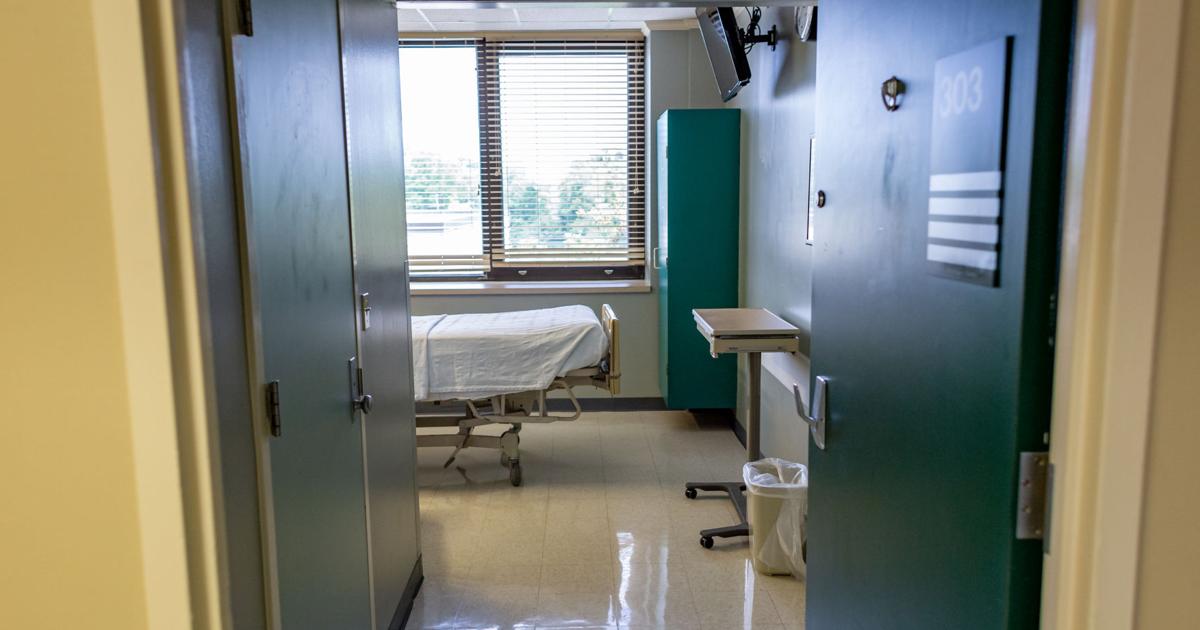
Help paying off medical debt could be coming for thousands of New Orleans residents this year after City Council set aside $1.3 million in federal dollars to wipe out medical debt for low-income residents during the budget process last month.
It’s a program that’s become increasingly popular with city governments in recent months, with initiatives in Cook County, Illinois, and Toledo, Ohio, gaining national attention.
But as with most things, it’s not quite as simple as it sounds, and not everyone will qualify. So here’s a breakdown on when and how the New Orleans medical debt relief will likely play out.
First off, this won’t include direct payments to residents. The council will give the money to the nonprofit RIP Medical Debt to use to buy medical debt either directly from health care providers or from secondary debt collectors. The money is part of New Orleans’ portion of American Rescue Plan Act funds to help with pandemic recovery and make new investments in communities.
Because much of this medical debt is owed by residents who would likely never be able to pay it, the nonprofit is able to negotiate much lower prices to acquire the debt, with older debt usually costing less. On average, RIP Medical Debt says it buys $100 worth of medical debt for $1, meaning the group could potentially wipe out $130 million in medical debt for residents next year.
For RIP Medical Debt to buy the debt, owners of the debt must be willing to sell the debt or donate it. And nobody will know how much medical debt the group will actually eliminate until it finishes negotiations with debt owners.
Established in 2014, RIP Medical Debt say they’ve wiped out more than $7 billion in medical debt for people across the country, including two small-scale projects in the New Orleans area.
In 2020, New Orleans residents raised $19,600, and RIP Medical Debt used that money to clear $2.1 million in medical debt for a combined 975 residents, according to the nonprofit. Months later, with a donation from Saints wide receiver Michael Thomas, they wiped out another $2.3 million dollars in medical debt, helping 808 residents in Jefferson Parish and 216 in Orleans Parish.
This new initiative, like other RIP Medical Debt campaigns, will focus on relieving medical debt for people whose income is up to 400% of the federal poverty level or who have medical debt that is at least 5% of their estimated household annual income. For reference, 400% of the federal poverty level is $54,360 for a single-person household, $73,240 for a two-person household, and $92,120 for a family of three.
Scott Patton, director of development for RIP Medical Debt, told Gambit that it’s easier for the organization to buy debt from the secondary debt market than buying it from health care providers because it takes time to build relationships with providers.
“There is basically a communication cycle that has to occur with every hospital that we have talks with,” he said. “We have currently not acquired very much debt at all from care providers in New Orleans, though there’s a lot of a reason to be very optimistic about this particular situation.”
It’s difficult to quantify exactly how much medical debt New Orleans residents have, but the Urban Institute estimates 14% of all the city’s residents have medical debt, including 16% of people of color. That’s slightly above the national average but lower than the statewide average. According to the same data, the average amount of medical debt in the city is $719 for people of color and $427 for white people.
Some of that debt shouldn’t even exist in the first place under federal law. The Affordable Care Act requires nonprofit hospitals to have “charity care” policies for free or reduced bills for low-income patients, but a Wall Street Journal investigation published in November found that many hospitals across the country don’t make that financial assistance easy to access. Those medical bills that should have been waived can end up going to collections.
Still, the program could provide quick relief to thousands of residents this year, like the ones the New Orleans chapter of the Democratic Socialists of America have been talking with at their community health fairs. Organizers say they hear from people whose medical debt has followed them for years and made it hard or impossible for them to pay their other bills.
“You hear about people having to not pay certain bills so that they can pay other bills or pay off debt … It’s basically impossible to isolate this problem to just medical debt,” said Municipal Action Chair Jack Sweeney. “It’s also a question of like, ‘Oh, how will I pay my power bill this month when I’ve got a collections agency hounding me for a procedure I had years and years ago? How can I put food on the table?’”
“This is something that builds and builds and builds and increases stress and despair on just regular people trying to make ends meet,” he added.
City Council President Helena Moreno’s chief of staff Andrew Tuozzolo said the city’s law department and health department are in the process of drafting an agreement with RIP Medical Debt.
In the meantime, representatives with RIP Medical Debt have begun reaching out to care providers in the area and scoping out potential partners. Once they have an agreement with the city, they’ll assess the medical debt available to purchase and see who is eligible under the income requirements. After that, the organization can start purchasing the debt and sending out letters to residents informing them they no longer have medical debt.
“Ideally, we’d like this to happen within six months,” Patton said. “But I couldn’t make a promise right now.”

